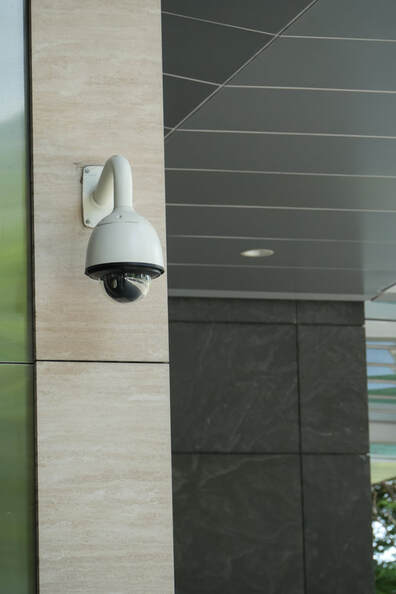The Evolution and Relevance of IP Video Surveillance

In recent years, IP video surveillance has transformed from a niche technology to a fundamental component of modern security systems. This transition is driven by technological advancements and the increasing need for robust security solutions in various sectors, including retail, education, healthcare, and public safety.
Technological Innovations Enhancing IP Surveillance
Advanced Analytics: Modern IP cameras come equipped with sophisticated analytics like heat mapping, crowd density monitoring, and intrusion detection, providing actionable insights.
- Enhanced Night Vision: The latest IP cameras offer superior night vision capabilities, ensuring round-the-clock surveillance effectiveness.
- Edge-Based Video Processing: With processing capabilities built into the cameras, IP systems can now perform real-time analysis, reducing the load on central servers and networks.
The Impact of IP Surveillance on Security Strategies IP surveillance systems have revolutionized how organizations approach security. They enable proactive security measures rather than reactive responses. Real-time alerts and integration with other security systems lead to quicker response times in emergencies.
Delving Deeper: 8MP vs 4MP Cameras While we have outlined the primary advantages and disadvantages of 8MP and 4MP cameras, several nuanced factors also play a crucial role in the decision-making process.
Image Quality and Field of View
- Field of View: 8MP cameras often have a wider field of view, capturing more area with less distortion. This feature is particularly advantageous in open spaces where comprehensive coverage is essential.
- Low Light Performance: Higher resolution cameras typically perform better in low-light conditions, capturing clearer images where details are critical.
Infrastructure and Installation Considerations
- Network Infrastructure: Implementing 8MP cameras may require upgrading network infrastructure to handle increased data throughput. This includes more robust switches, higher bandwidth capabilities, and possibly more advanced cabling.
- Installation Complexity: Higher resolution cameras might demand more precise positioning and calibration, potentially increasing installation complexity and cost.
Long-Term Considerations
- Future-Proofing: Opting for 8MP cameras can be seen as an investment in future-proofing your security system. As surveillance needs evolve, higher resolution cameras will continue to provide value.
- Maintenance and Upgrades: Maintenance requirements for high-resolution cameras can differ. It’s essential to consider the long-term costs associated with keeping the system operational and up-to-date.
Choosing the Right Camera for Your Needs Assessing Your Surveillance Goals
- Risk Assessment: Understanding the specific security risks your organization faces is crucial in determining the type of camera needed.
- Area Size and Layout: The size and layout of the area to be monitored play a pivotal role in deciding between 8MP and 4MP cameras.
- Regulatory Compliance: Certain industries have specific regulatory requirements regarding video surveillance that might influence the choice of camera resolution.
Cost-Benefit Analysis
- Initial Investment vs. Long-Term Benefits: While 8MP cameras have a higher upfront cost, their long-term benefits in certain scenarios can outweigh the initial investment.
- Total Cost of Ownership: Consider not just the purchase price, but also installation, maintenance, and operational costs over the camera’s lifespan.
Case Studies and Real-World Applications To illustrate the practical applications and benefits of different camera resolutions, let’s examine a few case studies:
- Retail Store Chain: A national retailer implemented 8MP cameras in their stores to monitor high-value areas. The enhanced resolution allowed for better facial recognition and reduced theft, leading to a significant return on investment.
- Educational Institution: A university campus opted for a mix of 8MP and 4MP cameras. High-traffic areas and entrances were equipped with 8MP cameras for detailed monitoring, while 4MP cameras were used for general surveillance in less critical areas.
- Industrial Facility: An industrial site chose 4MP cameras due to their cost-effectiveness and the lower complexity of installation. The cameras provided adequate coverage and detail for their security needs, proving to be a cost-efficient solution.
The choice between 8MP and 4MP IP cameras is not one-size-fits-all. It requires a careful evaluation of your specific security needs, infrastructure capabilities, and budget constraints. Whether it’s the unparalleled clarity of 8MP cameras or the balanced performance of 4MP cameras, the right choice hinges on how the system aligns with your overall security strategy and goals. Embracing IP video surveillance is a proactive step towards a more secure and responsive security posture.



